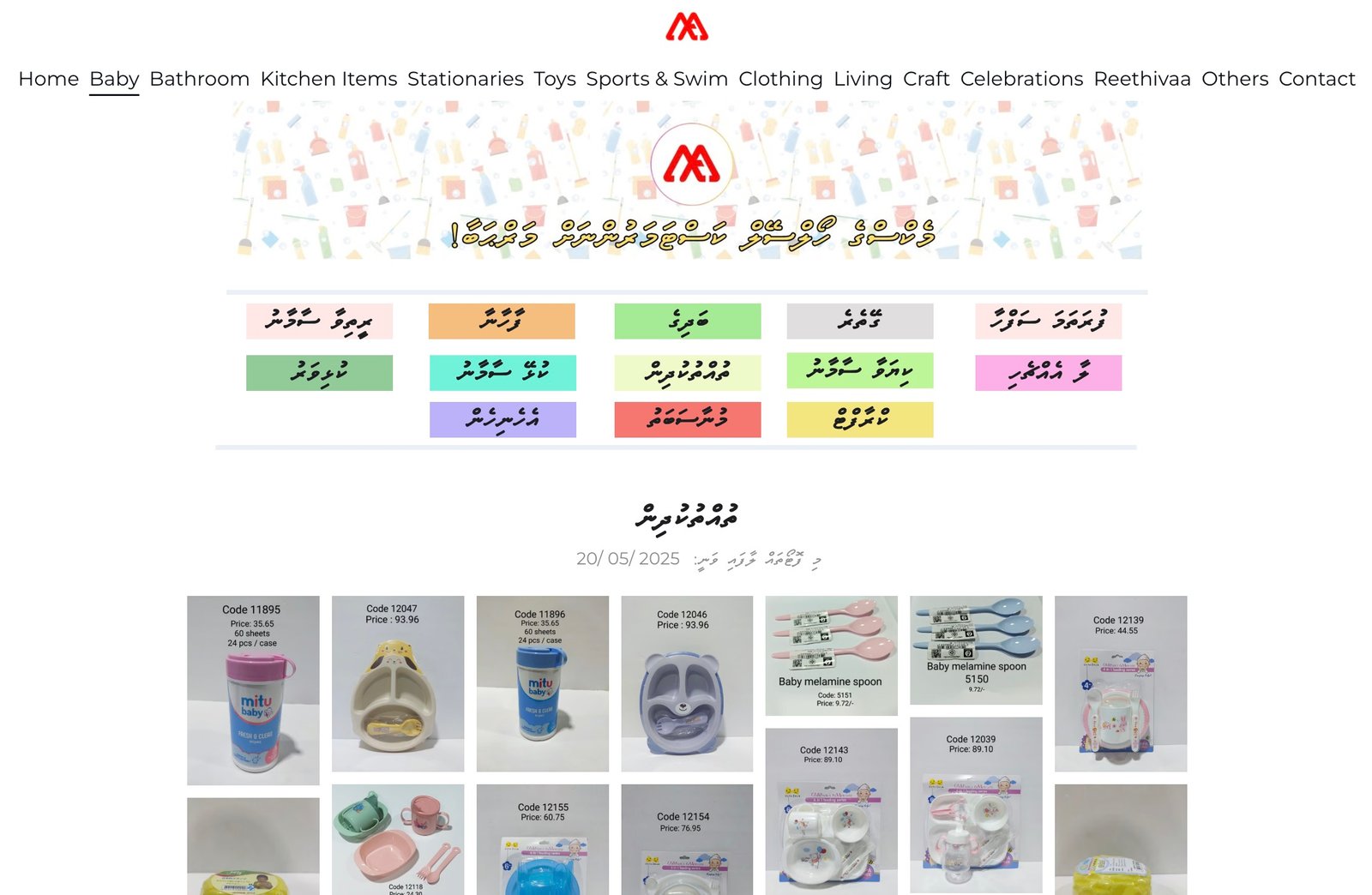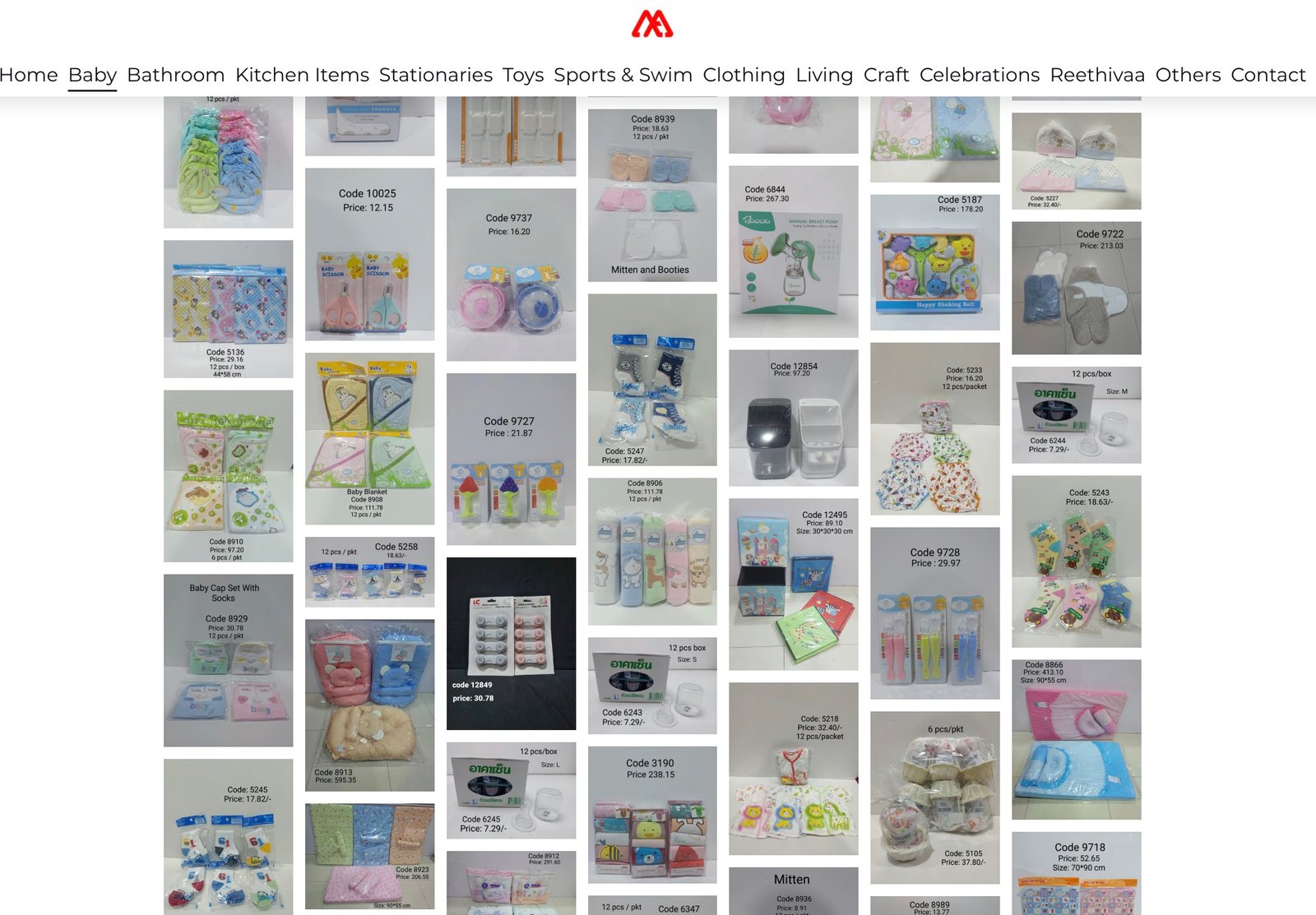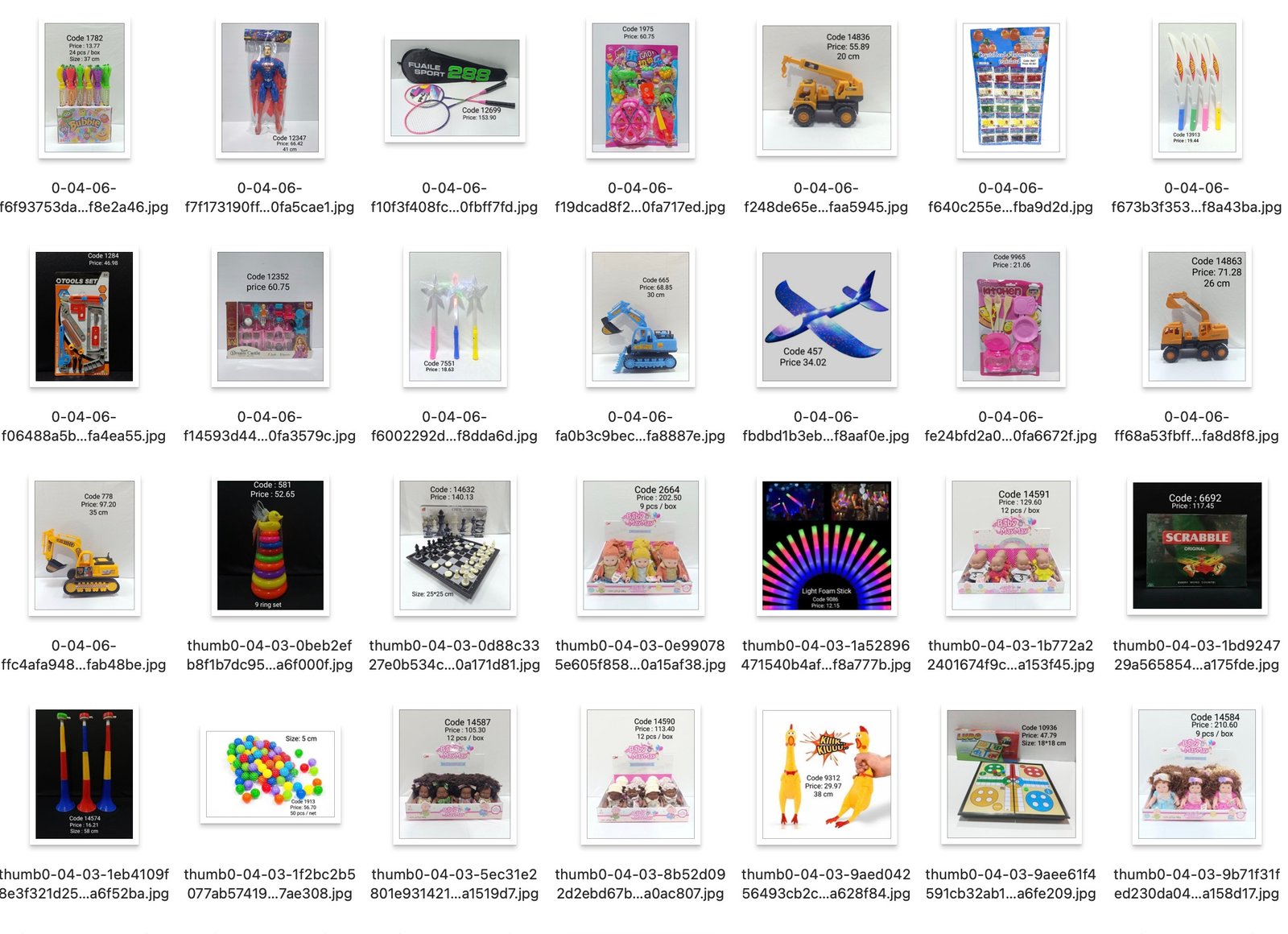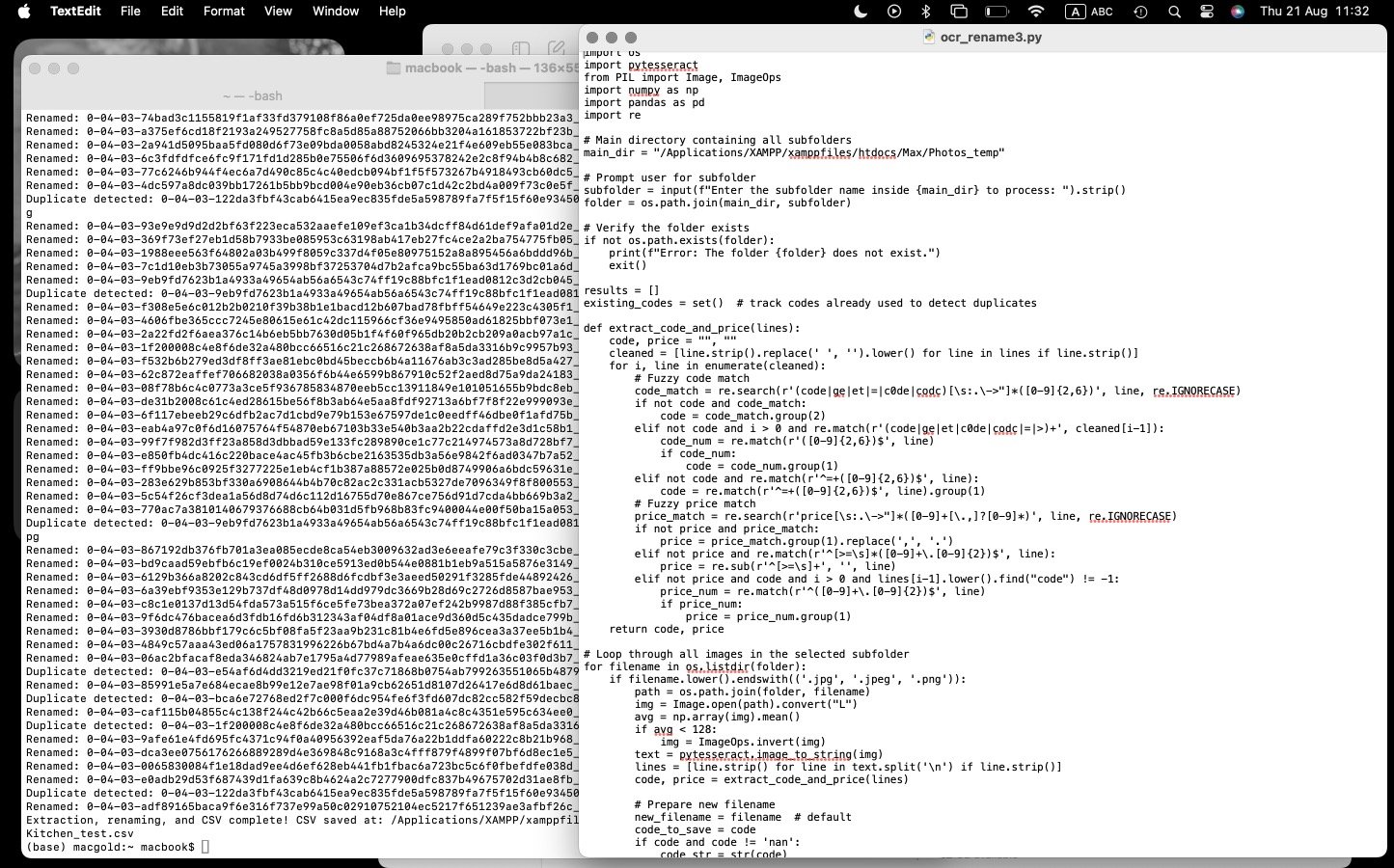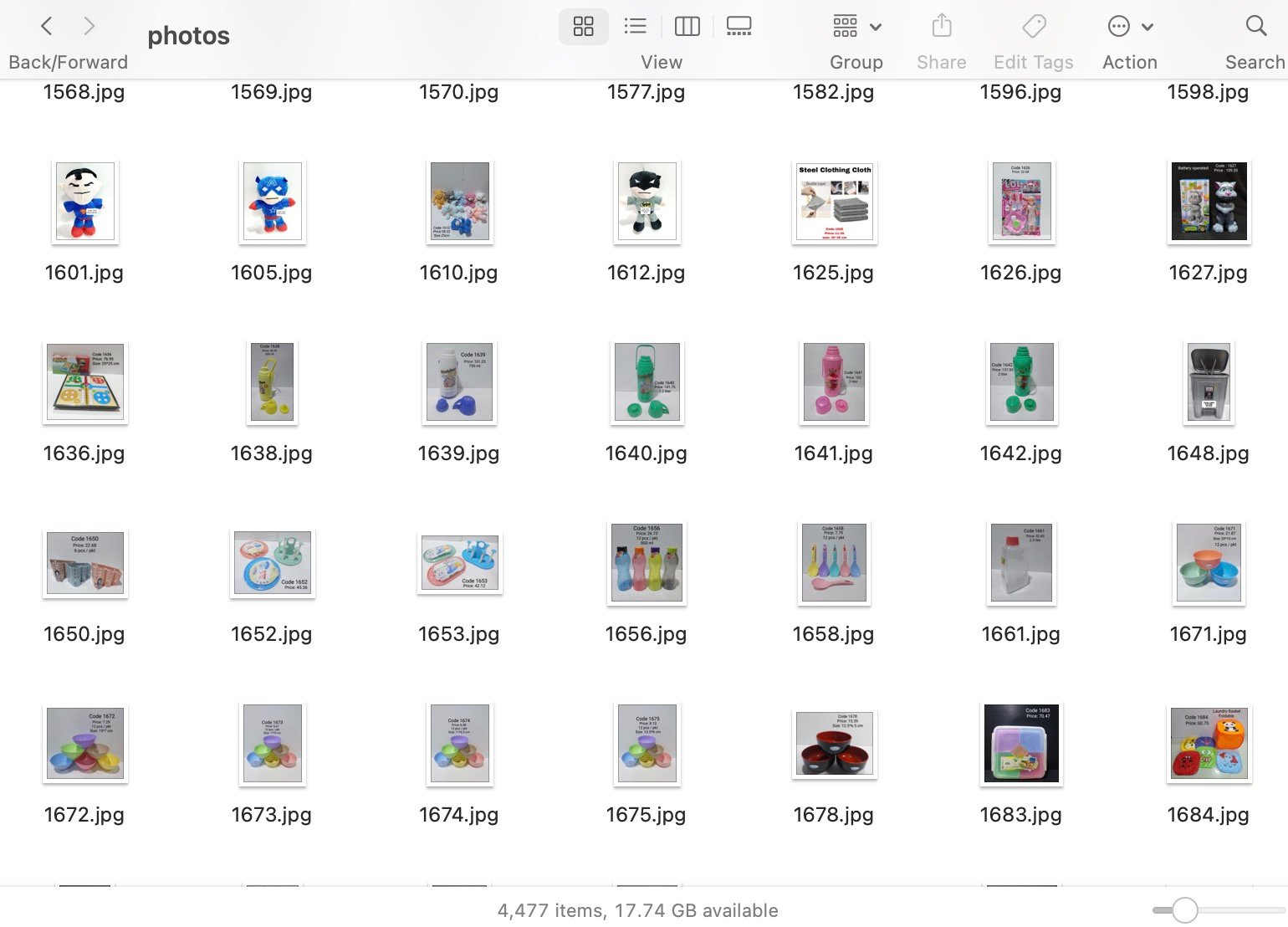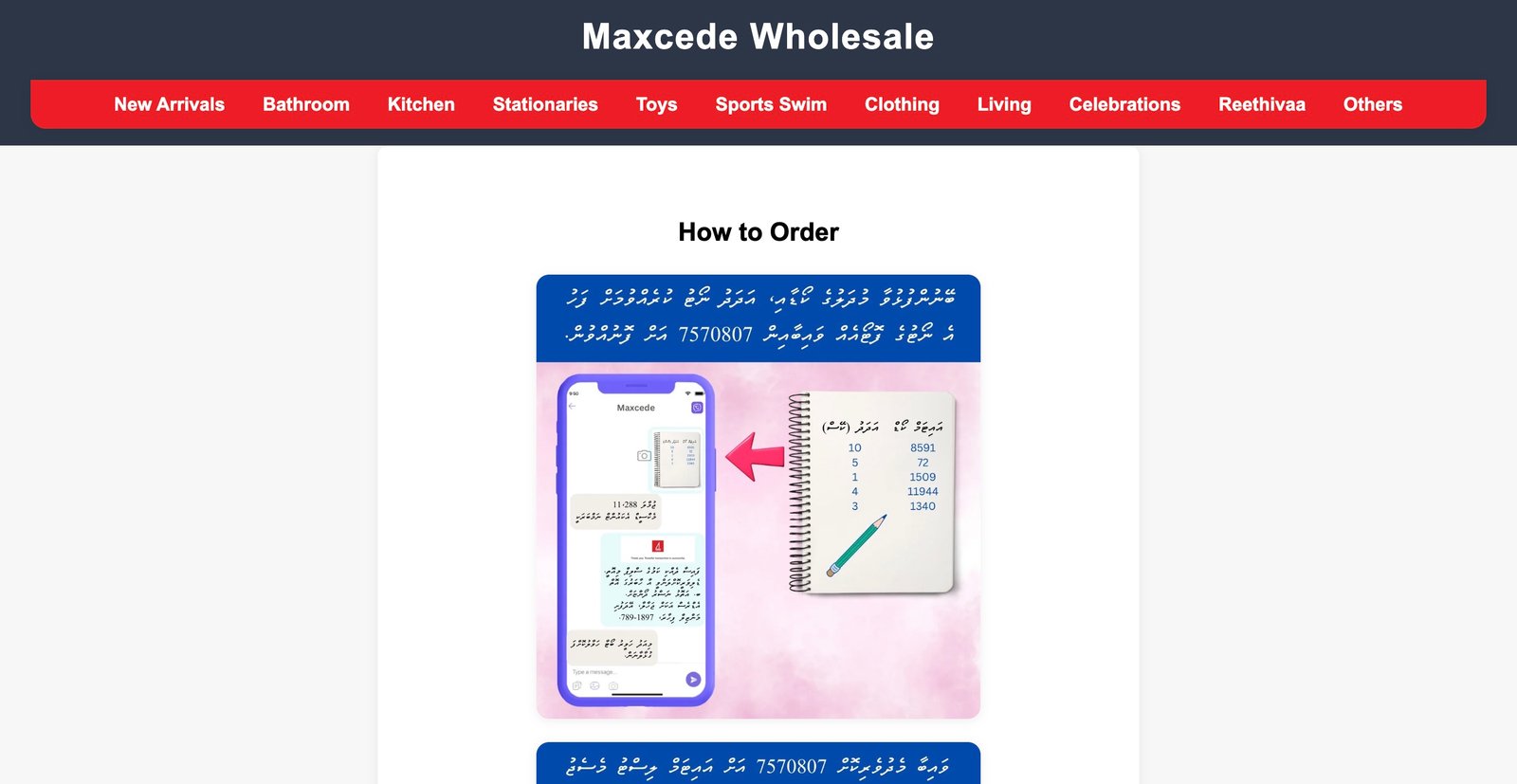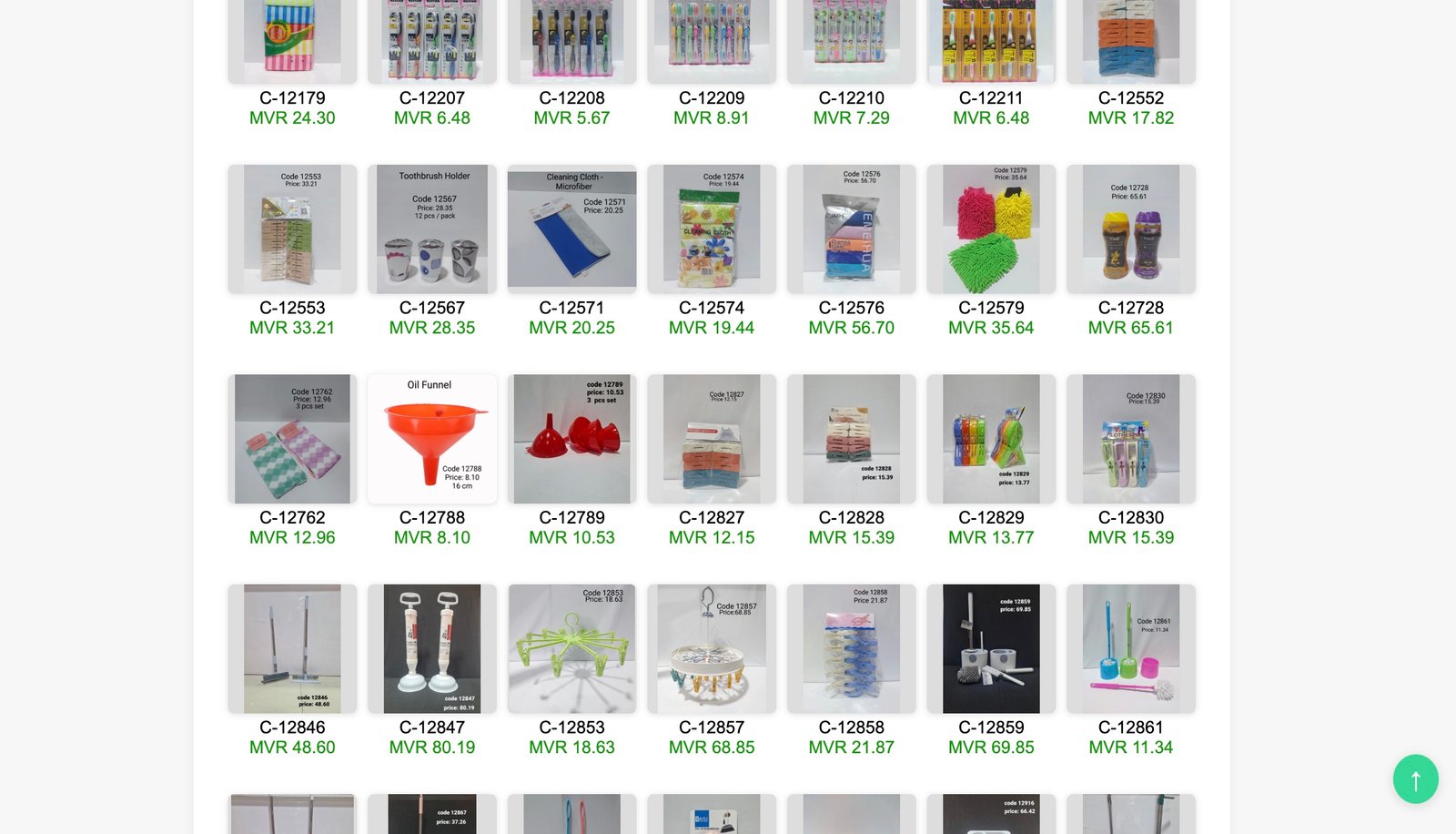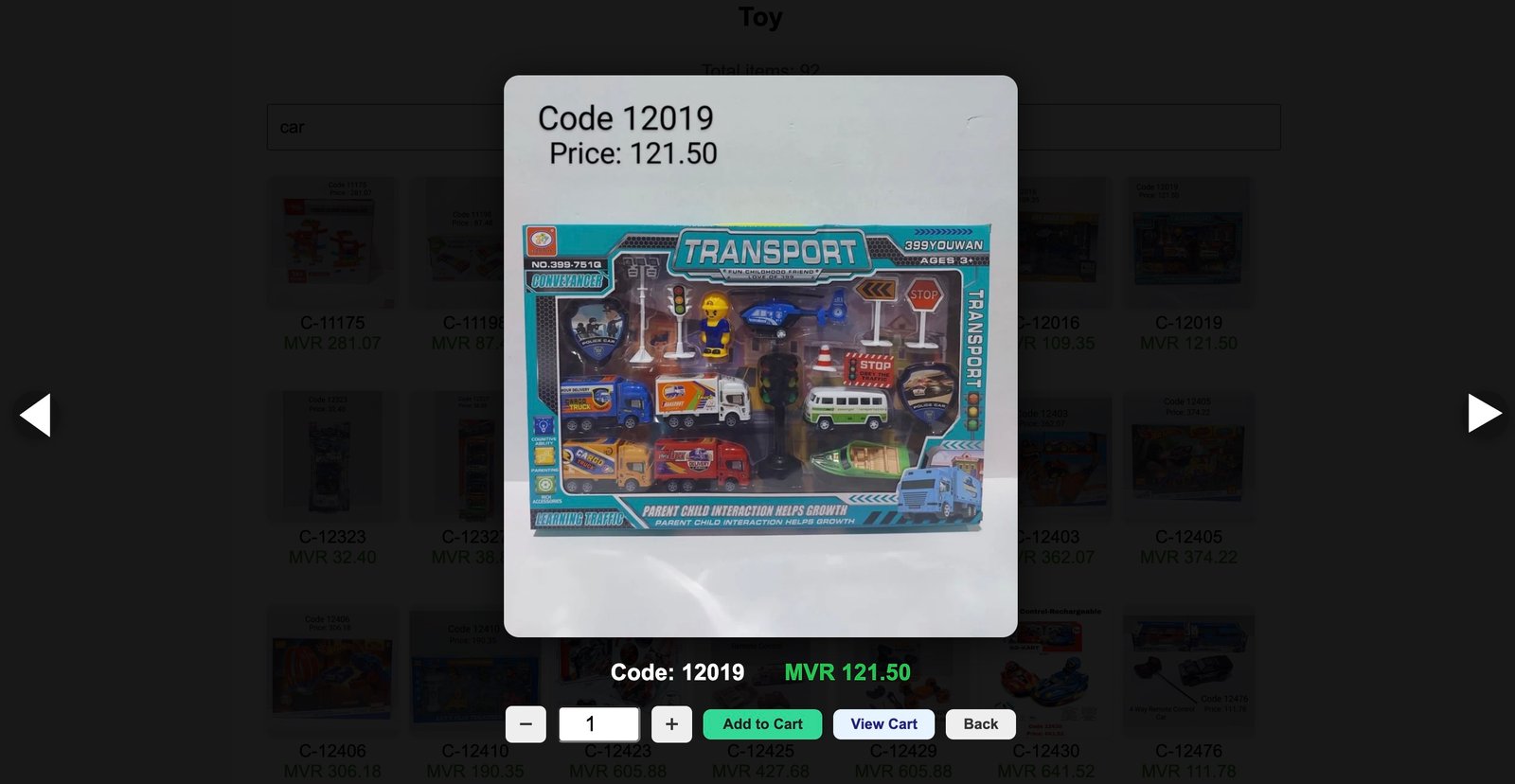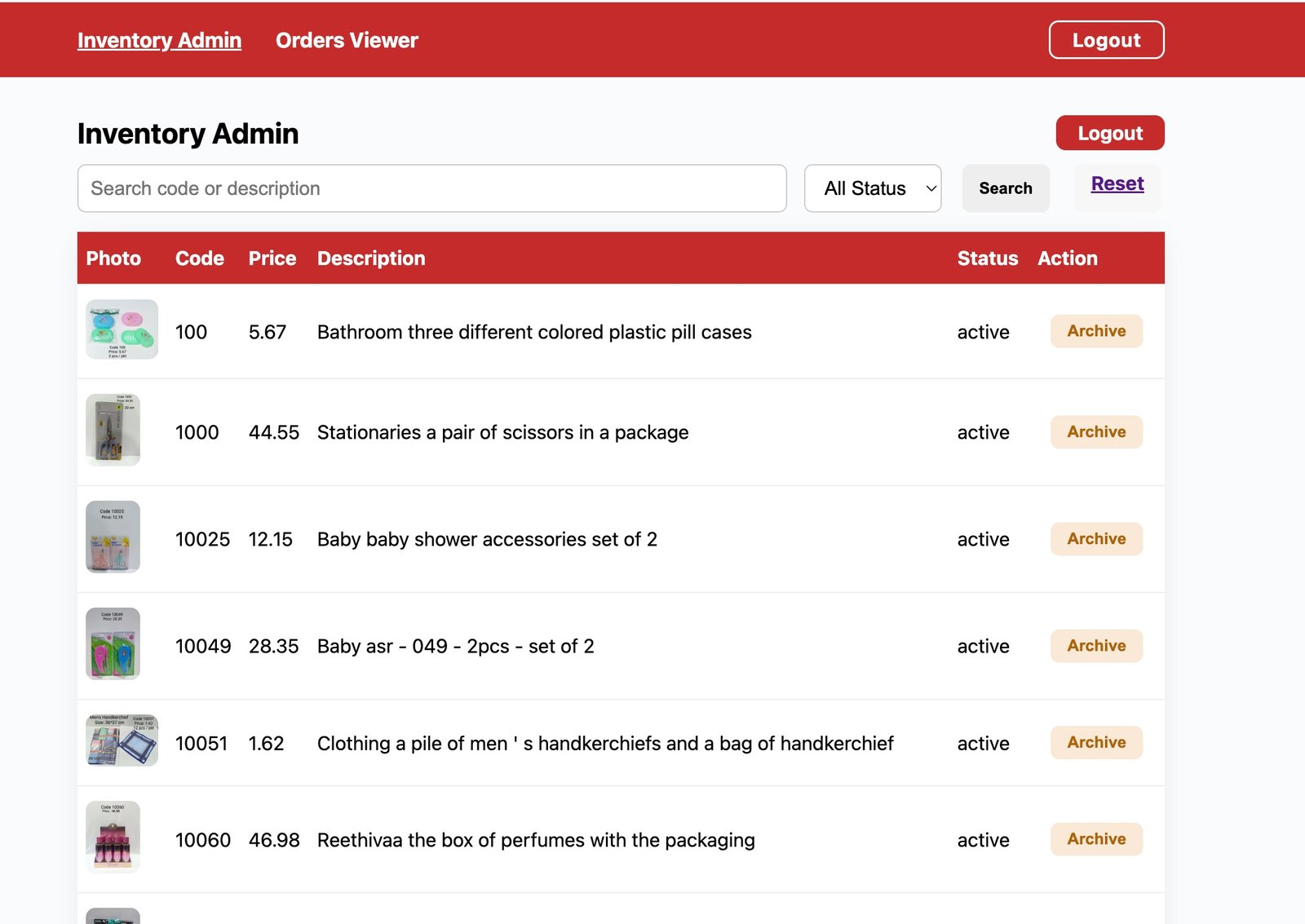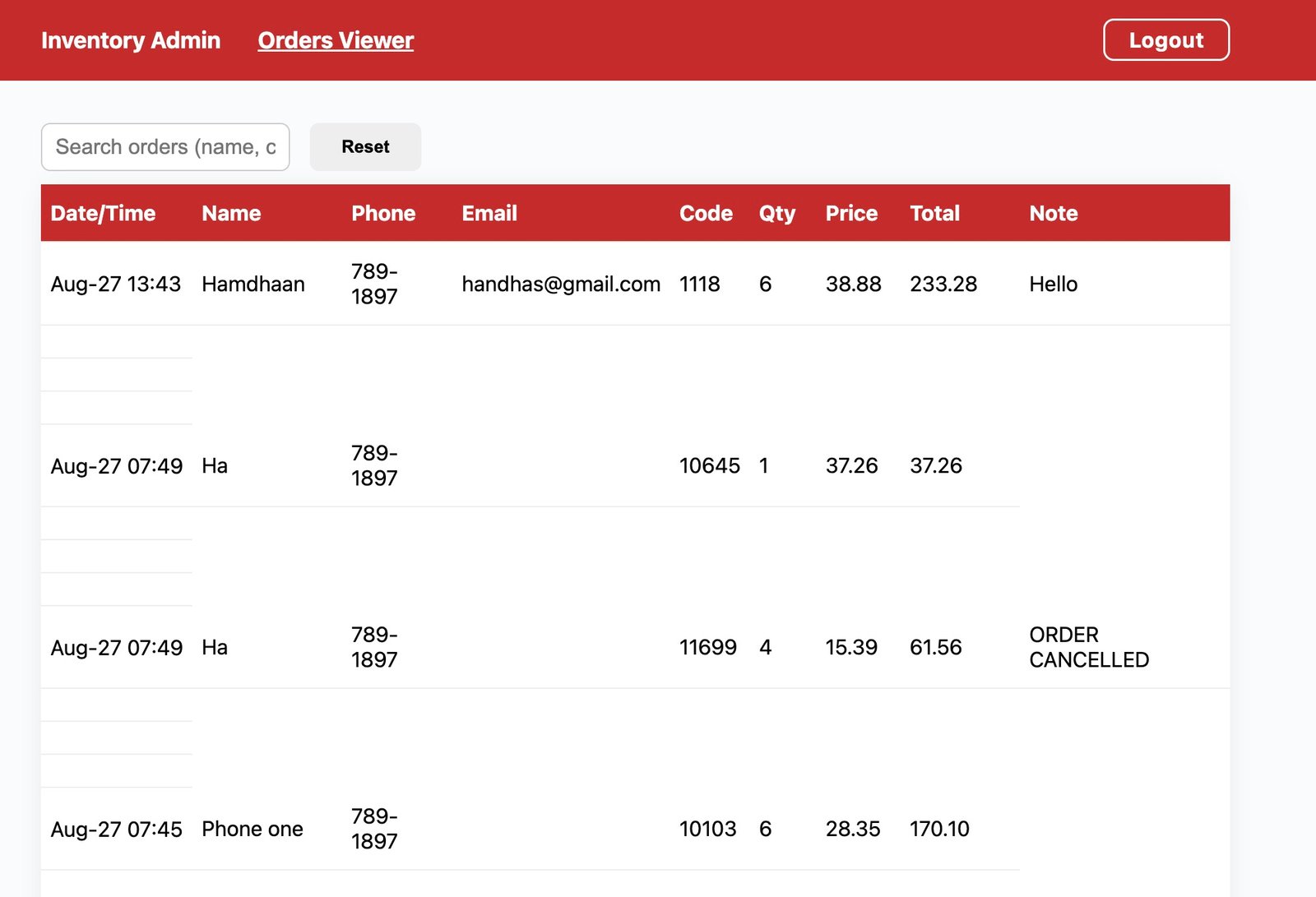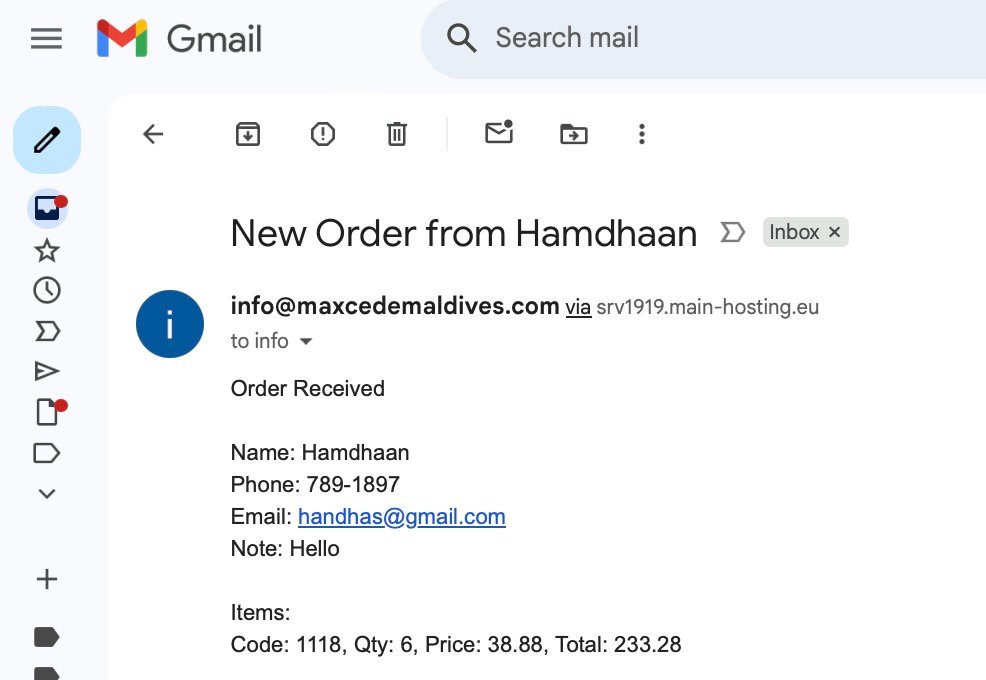Transforming A Company's Wholesale Process
From Viber Photos to an Automated Web Catalog—All Self-Taught
I identified a manual process and first tackled it with no-code tools. As the challenge grew, I quickly upskilled to build a fully automated wholesale catalog and order system—using Python, OCR, BLIP AI, and PHP—to save time, reduce errors, and make digitalization truly accessible to non-technical users and staff.
Background
Company: Maxcede Pvt Ltd, Maldives
Role: Business Analyst (2021–mid-2025, then Retainer)
Sector: Retail & Wholesale (100+ employees, thousands of products)
When I joined Maxcede, their wholesale business operated much like most others in the Maldives: staff shared inventory photos in Viber (like WhatsApp) group chats, and wholesale customers browsed through these images, sending screenshots and quantities back through Viber to place their orders. The entire process, from product selection to order processing, was handled manually.
It wasn’t until 2024 that I began to notice the inefficiency in this system. Wanting to make things easier for both customers and staff—and with no prior experience in this kind of coding—I decided to step in and help.
Phase 1: Building a Basic Catalog Website (2024)
- Using Hostinger AI Website Builder and no-code tools, I created a simple catalog website that organized product images by category—no search, no ecommerce, just an easier way for customers to browse than scrolling through Viber photos.
- After launch, customers started using the website to browse and screenshot products, but the rest of the manual process stayed in place.
- I tracked website stats and saw real usage: visitor numbers steadily grew, and every time new products went up, visits spiked. That slow, steady growth is typical for wholesale B2B sites—and it was proof that customers found the catalogue useful.
Facing the Next Challenge: Inventory Maintenance
After leaving Maxcede to focus on my analyst career, I continued to support the company on a retainer basis. However, manually managing hundreds of product images each month (visually matching and deleting them one by one) took over several hours a month. It was a painstaking process, which was partly why I hadn’t handed the task over to Maxcede team earlier. Keep in mind that at this point, the website was still being used as an adjunct option for placing orders—customers could continue to browse the catalogue on Viber rather than the catalogue website.
Phase 2: Automation & Complete Website Rebuild (2025)
Determined to solve this—and hoping to give Maxcede’s team an easy, non-technical way to update their inventory, as well as a database ready for future e-commerce—I took the initiative to build a new, fully automated website from scratch, even though I had no previous experience with modern web development tools like PHP, HTML, XAMPP, or Python for web/scripting. This project became my first real hands-on experience with current coding and automation platforms.
Key Steps & Tools
- Automated Data Extraction:
- Used Python scripts and Tesseract OCR to extract item codes and prices directly from product images (since Maxcede didn’t have a product database that ties to product images).
- Employed BLIP AI tools to automatically generate product descriptions from image content, making the catalog more useful and searchable.
- Renamed images to match item codes, organized products by category, and generated a structured CSV for the website.
- Additional scripts detect and handle duplicate or updated inventory.
- Automated 90%+ of the process—only 400 of 4,700+ images needed manual review.
- Website Development:
- Used ChatGPT as my coding assistant to generate the PHP and HTML for the new site.
- Set up a local development environment using XAMPP and coded everything in Visual Studio Code.
- Added full search capability and organized products by category, driven by my new CSV database.
- Designed a simple, registration-free checkout—customers just enter their name and phone number (once per device), making ordering easy for even non-tech-savvy users.
- Customers can edit their order within 24 hours and repeat previous orders with one click, perfectly fitting wholesale buying habits and saving time on large, repetitive orders.
- A floating “back to top” arrow and “new arrivals” section improve user experience further.
- Admin Panel for Maxcede Staff:
- Built an admin panel so staff can archive/unarchive products and view all incoming orders in a clear, systematic way—replacing the old method of processing Viber screenshots with quantities under each photo.
- Orders being placed, updated, cancelled are seeing on the admin panel.
- Bulk Updates for Myself:
- Added a hidden super-admin feature for myself to upload CSVs for rapid bulk updates, cutting monthly maintenance time from 12+ hours to just minutes.
Results & What’s Next
- Time savings: Manual monthly work is now almost zero, thanks to automation and self-service admin tools.
- Better experience: The website is much easier for both customers (no registration, easy repeat orders) and staff (organized order management, inventory updates).
- Business adoption: The previous site averaged about 1,000 unique visitors per month. The new site just launched—impact metrics will be tracked going forward.
- Future-ready: This system is designed to scale if Maxcede wishes to moves to full retail ecommerce. I did try a few other AI tools which can help in setting up the retail web version but the success rate was low. I'll keep tweaking.
What I Learned
- Self-driven learning: This was my first time coding in PHP/HTML, using XAMPP, Python, and Visual Studio Code. I taught myself everything as I went, using AI and online resources.
- Business-first thinking: I purposely kept the ordering process as simple as possible for non-tech-savvy wholesale customers:
- No registration required.
- Customer details auto-filled after the first order.
- Simple order editing and repeat-order features save significant time on large, frequent orders.
- Practical automation: Even without access to a structured database, I used OCR, BLIP AI, and automation scripts to transform messy, unstructured image data into a usable, maintainable digital inventory.
- Empathy for users: Every feature—order editing, reordering, admin panel, new arrivals—was built around keeping the specific customer profile in mind.
See Both Websites in Action:
Before: Original (No-Code) Catalog Website After: Automated & Searchable Catalog (New)Transformation in Pictures: Manual Process to Automated Platform
See how the workflow evolved from manual Viber orders to a fully automated web platform.
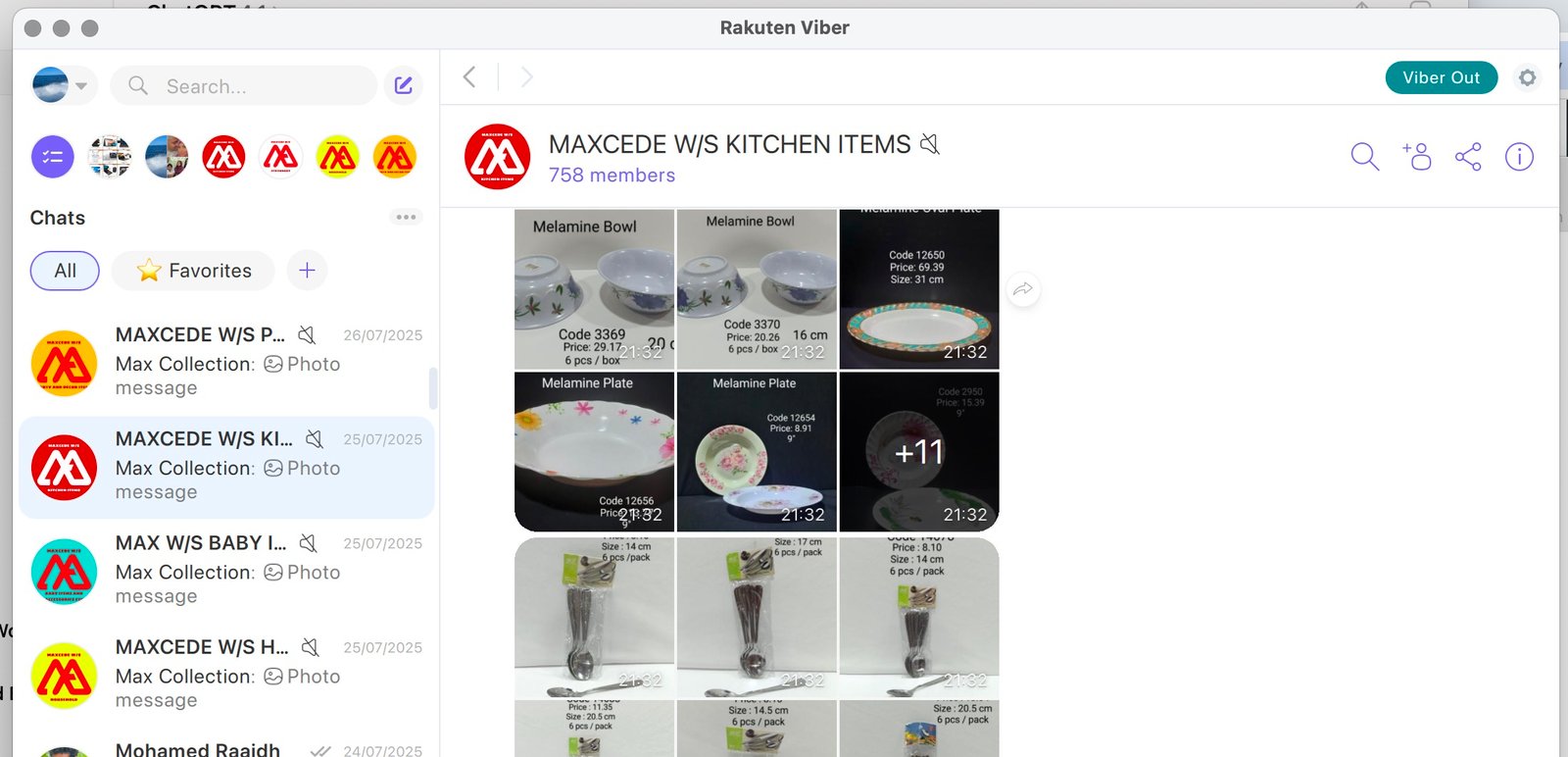
Preview of the old system: Product catalogue and ordering handled entirely through Viber group chats.
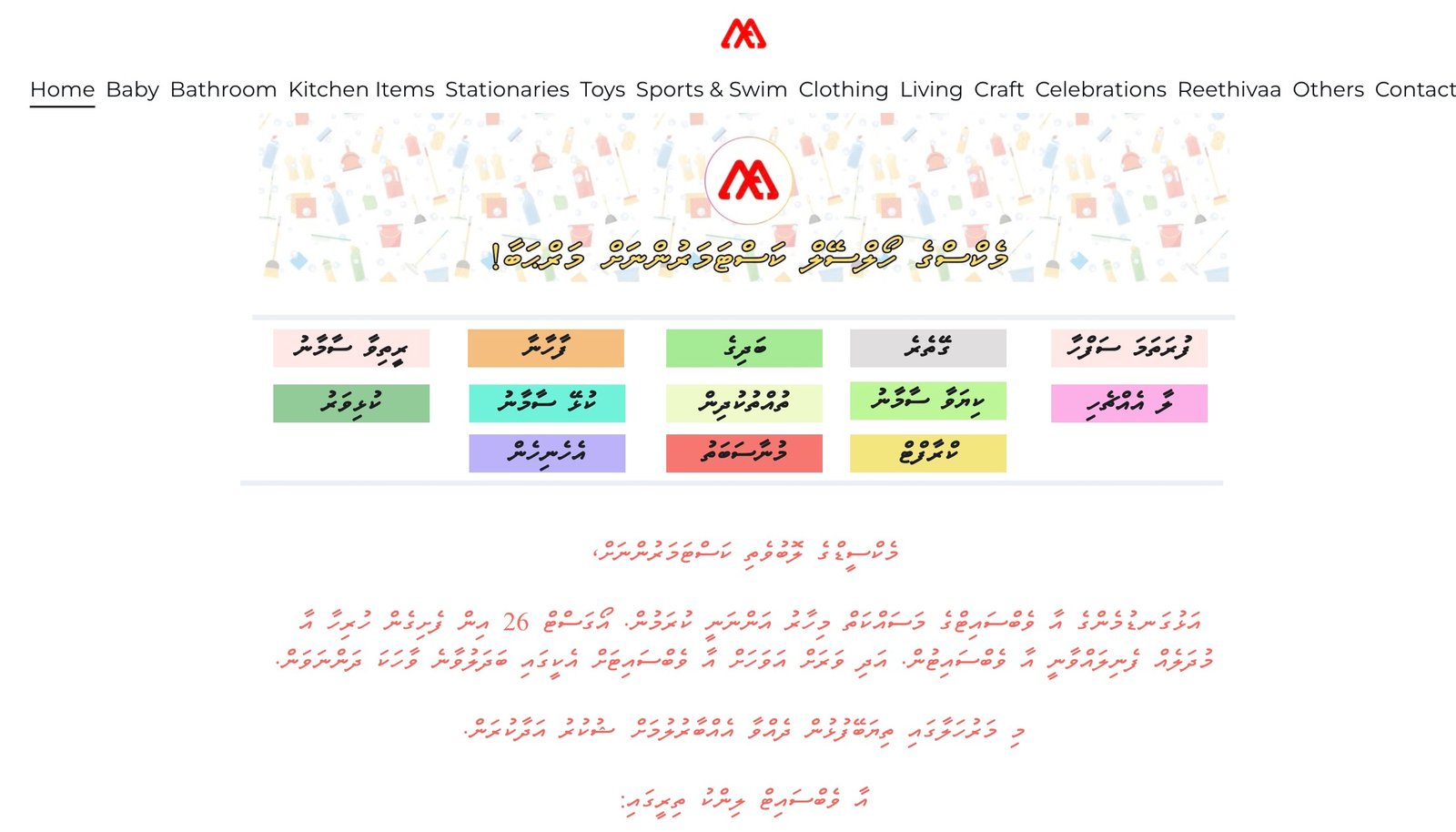
Homepage of the original catalogue website, built with AI tools in late 2024 to simplify browsing for wholesale customers.
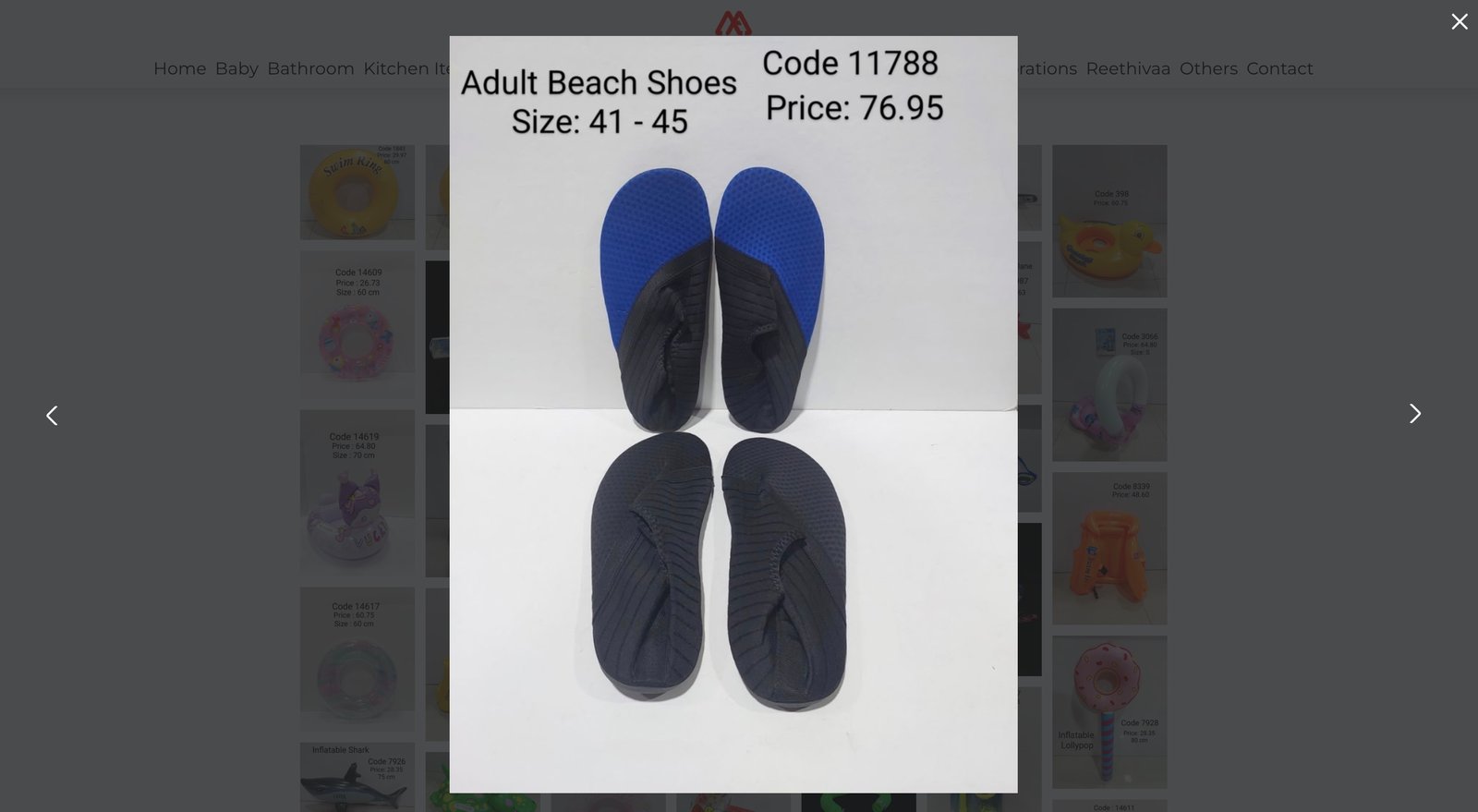
Product image popup from the original website—customers viewed enlarged photos with item code and price printed directly on the image.
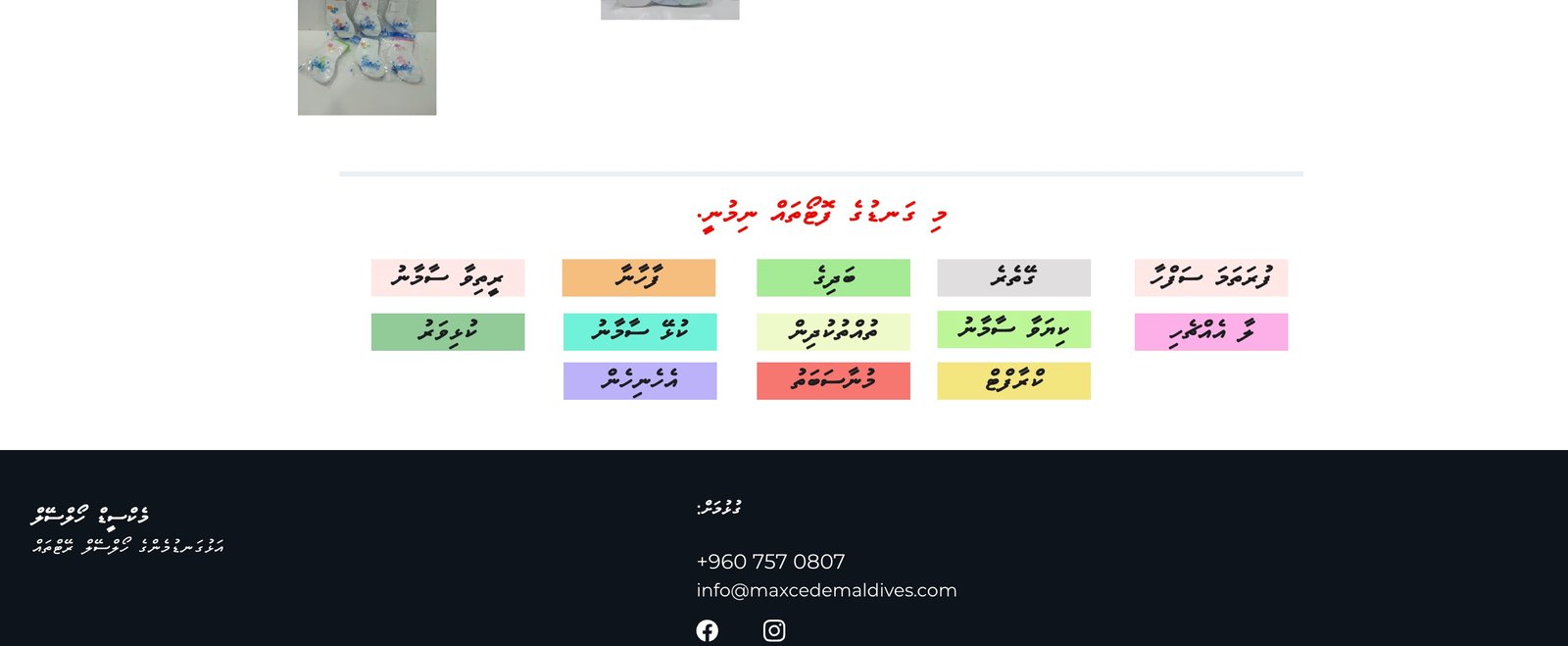
Category footer on the original website: The menu was added at the bottom of the page as well, making it easy for customers to navigate without scrolling back to the top.
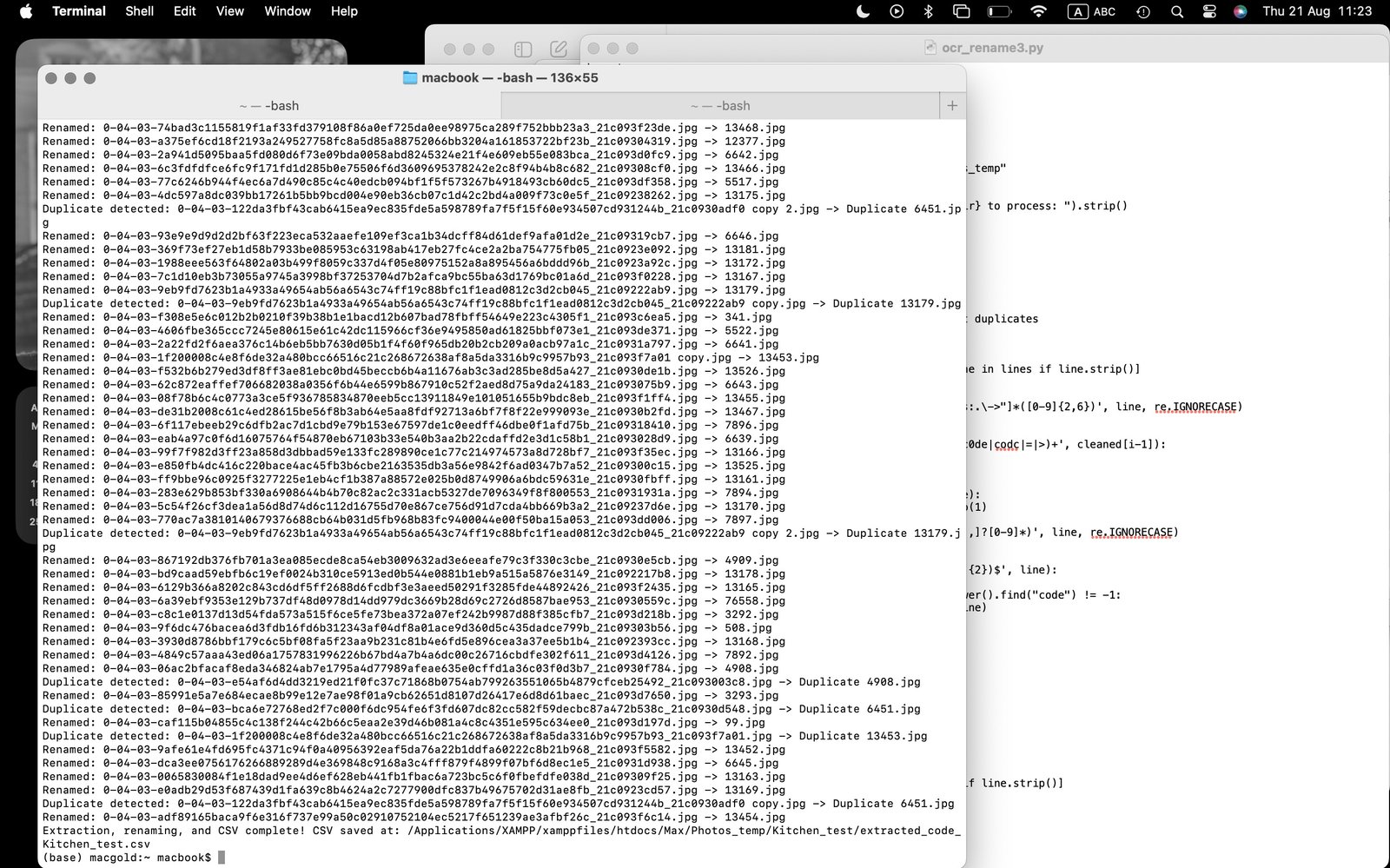
Database generation in progress: Python and AI tools extract item code, price, and product descriptions from product images, then renaming the file to item code.
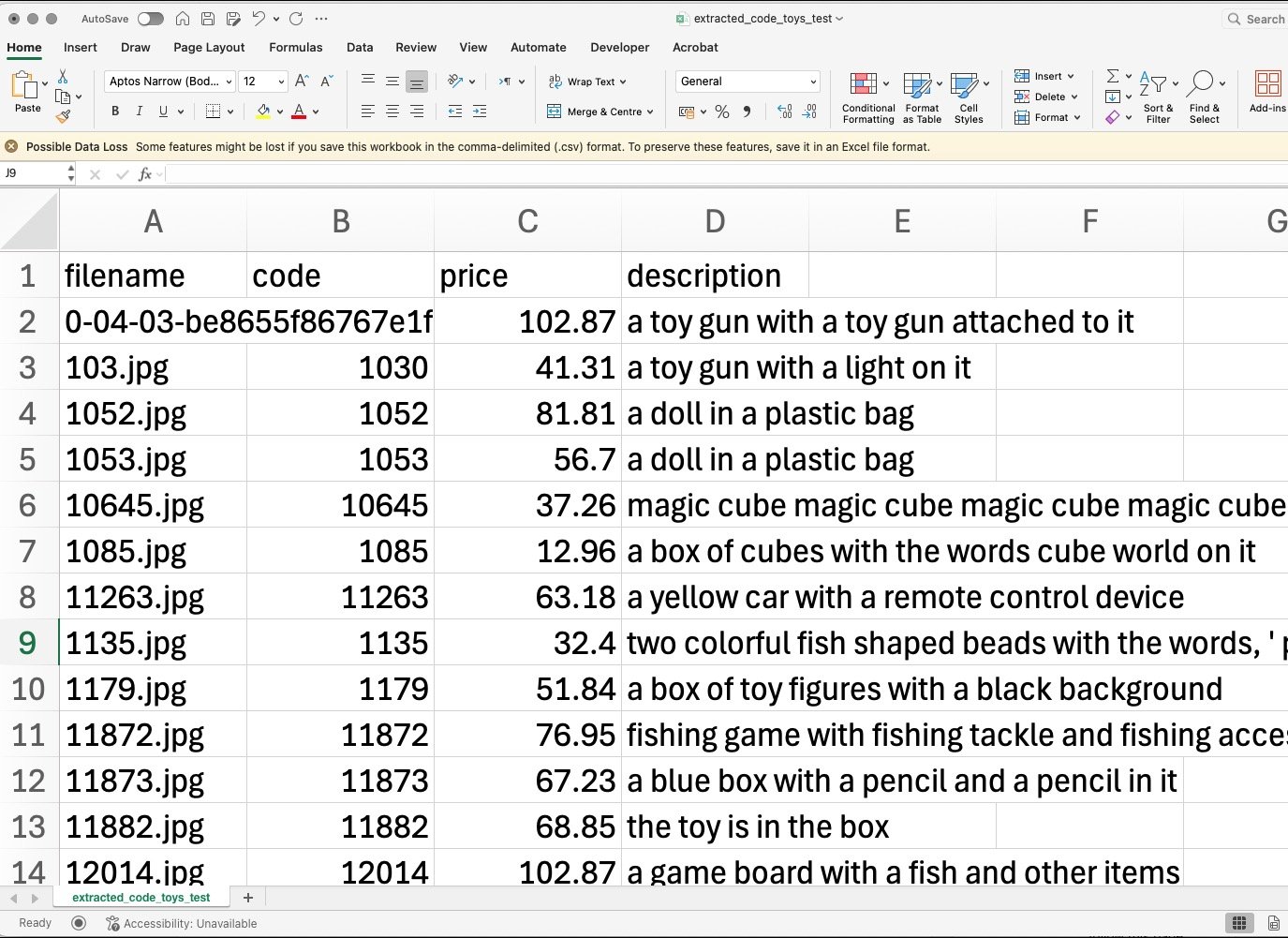
Raw view of the newly generated product database, showing extracted item codes, prices, and descriptions organized in a structured format.
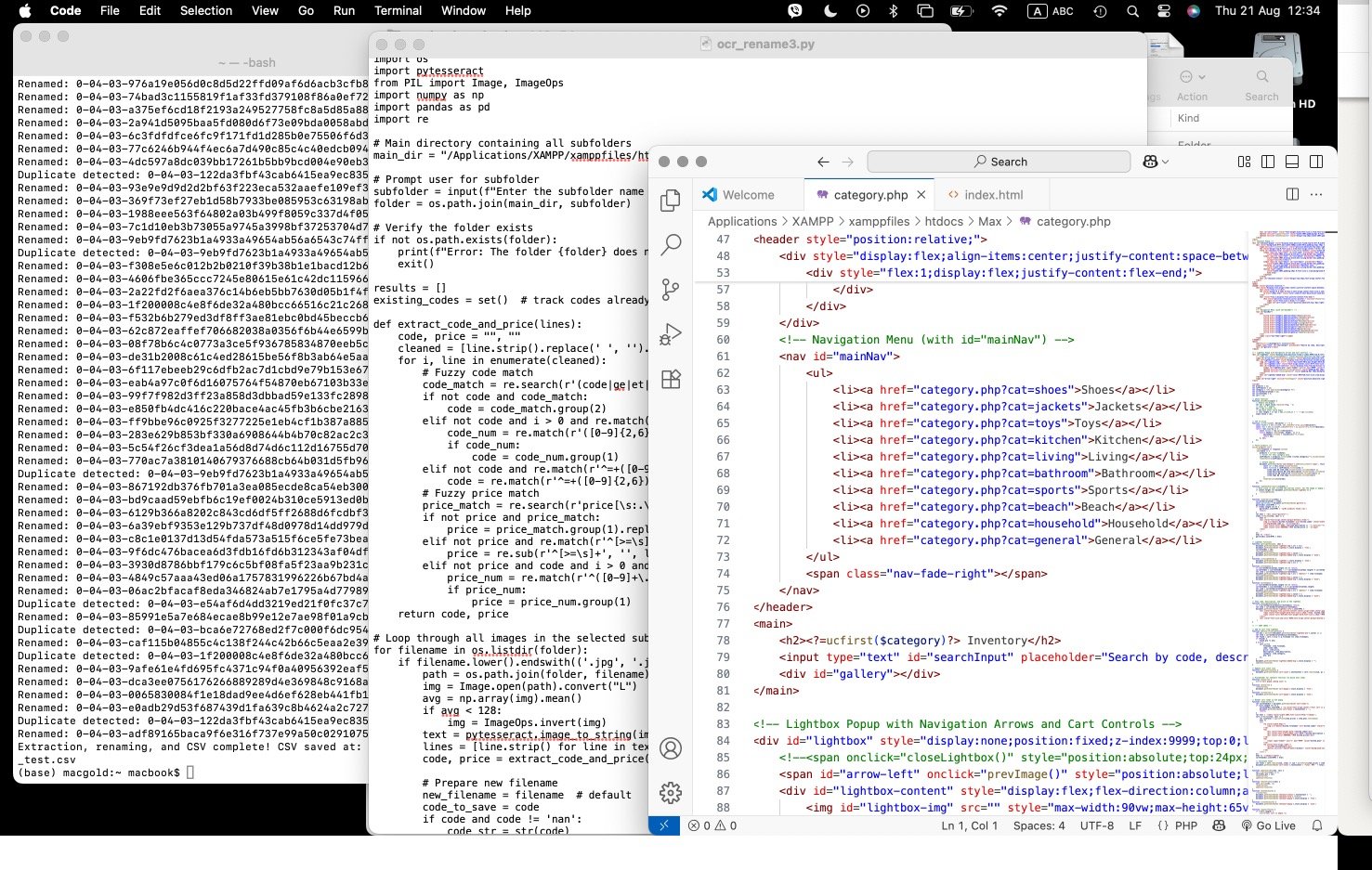
Building the new website in Microsoft Visual Studio: Developing with PHP and HTML with ChatGPT as an assistant.
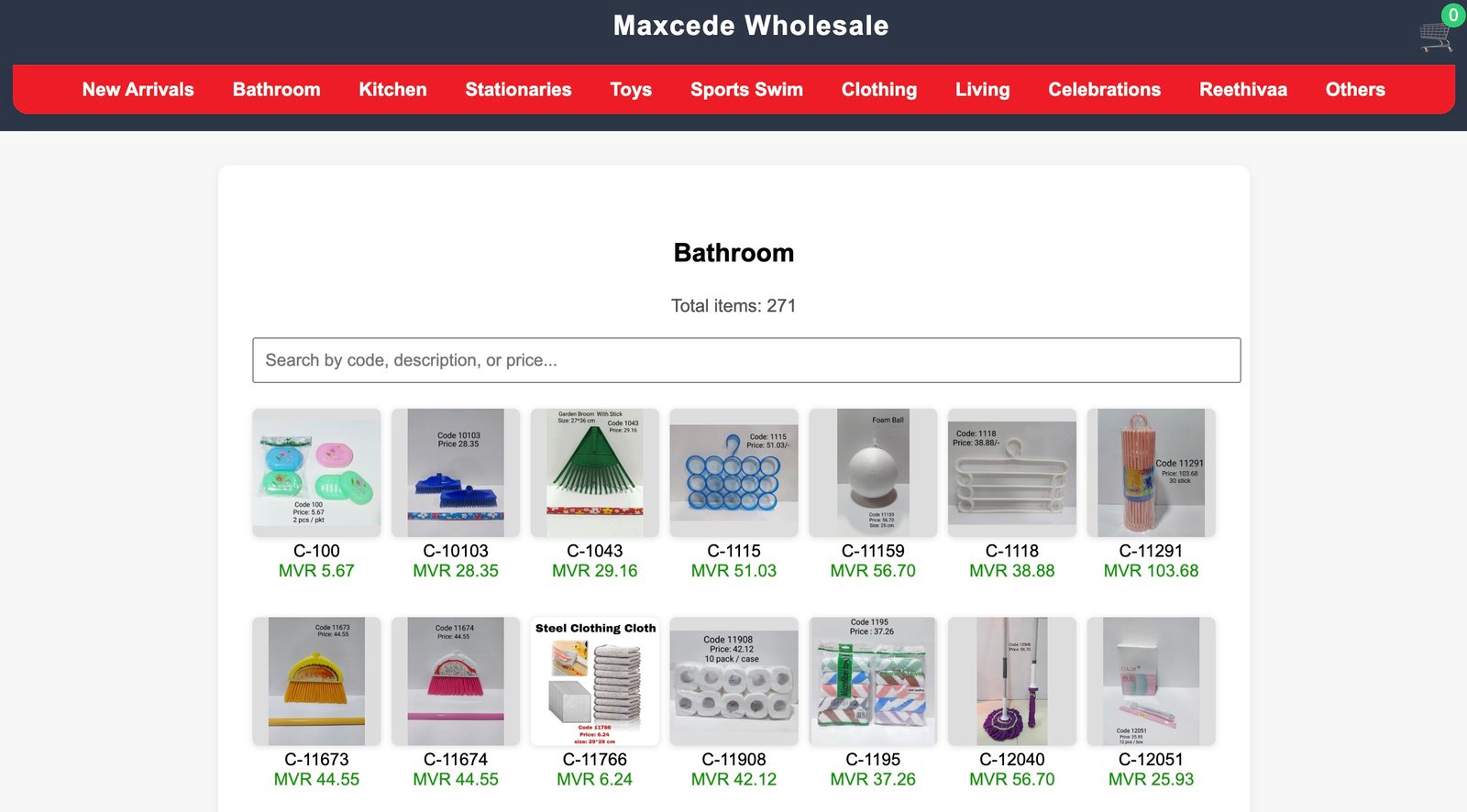
Category pages on the new site, showcasing organized, searchable product listings for wholesale customers.
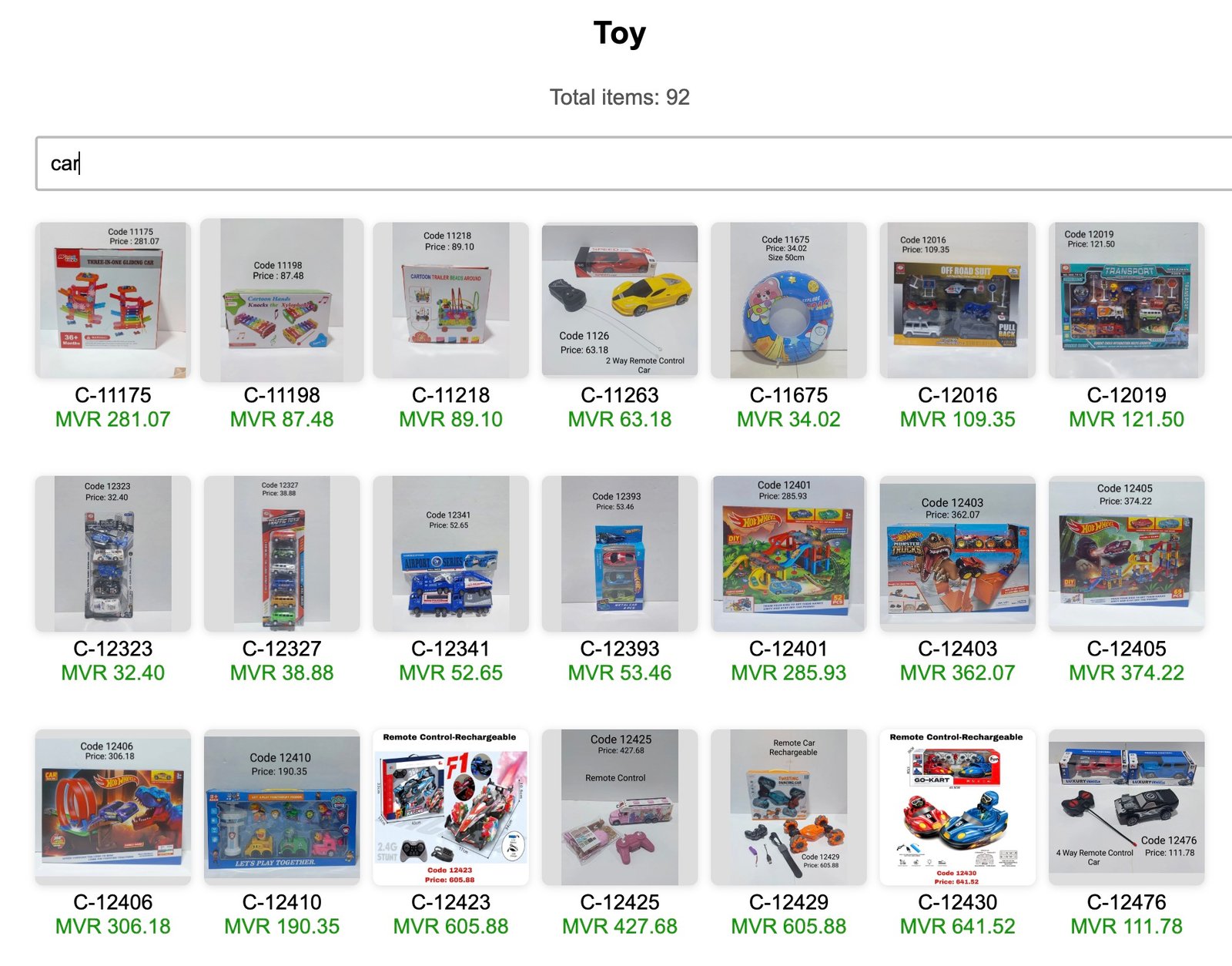
Search functionality in action: Customers can now quickly find products across categories using keywords or item codes.
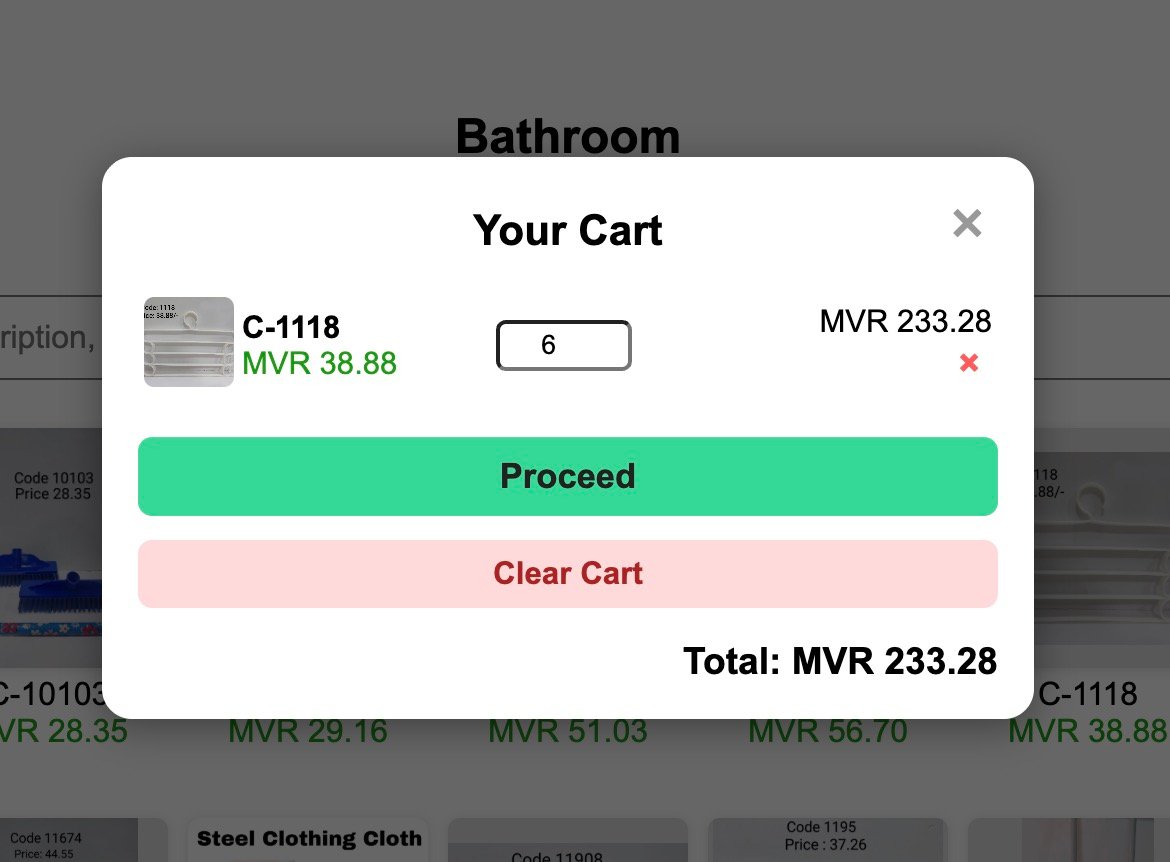
Cart popup view: Customers can review and edit their selected items before placing an order—no registration required.
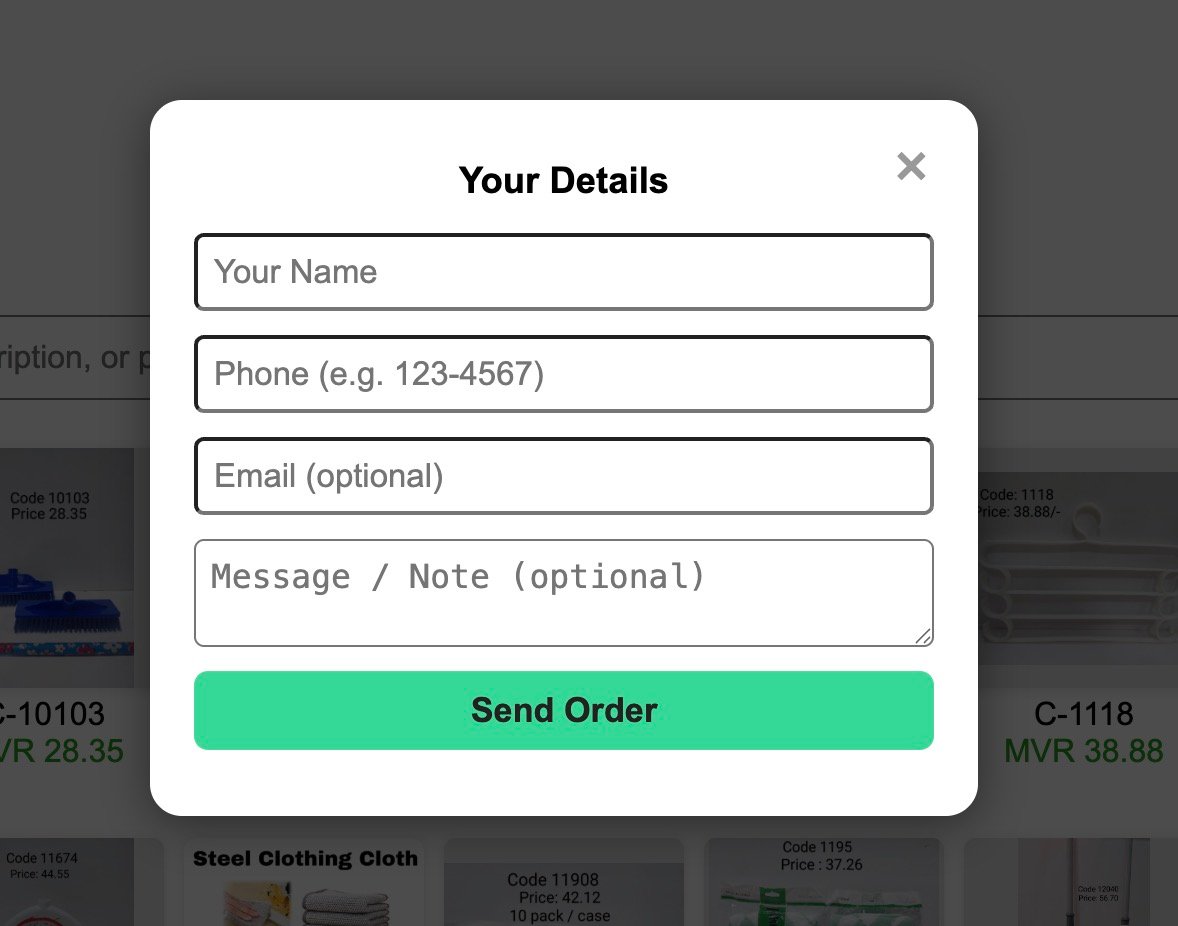
Contact details popup: A simple, user-friendly form for entering name and phone number—information is remembered for future orders.
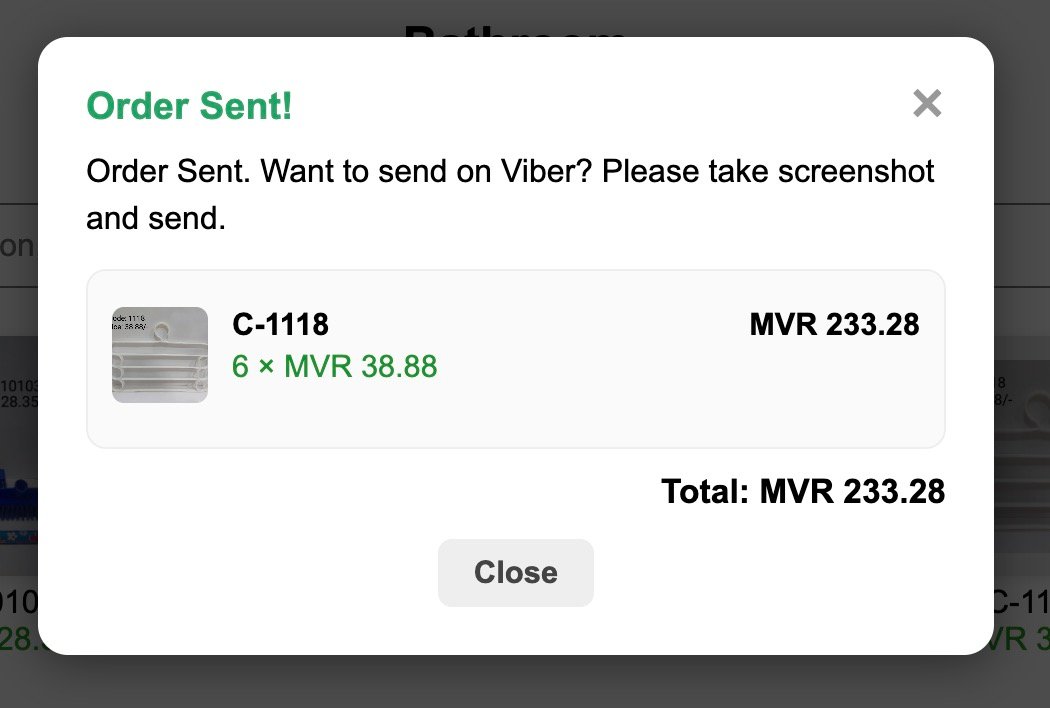
Order confirmation page: Customers receive a clear summary of their order, with the option to screenshot and share it via Viber if they prefer.
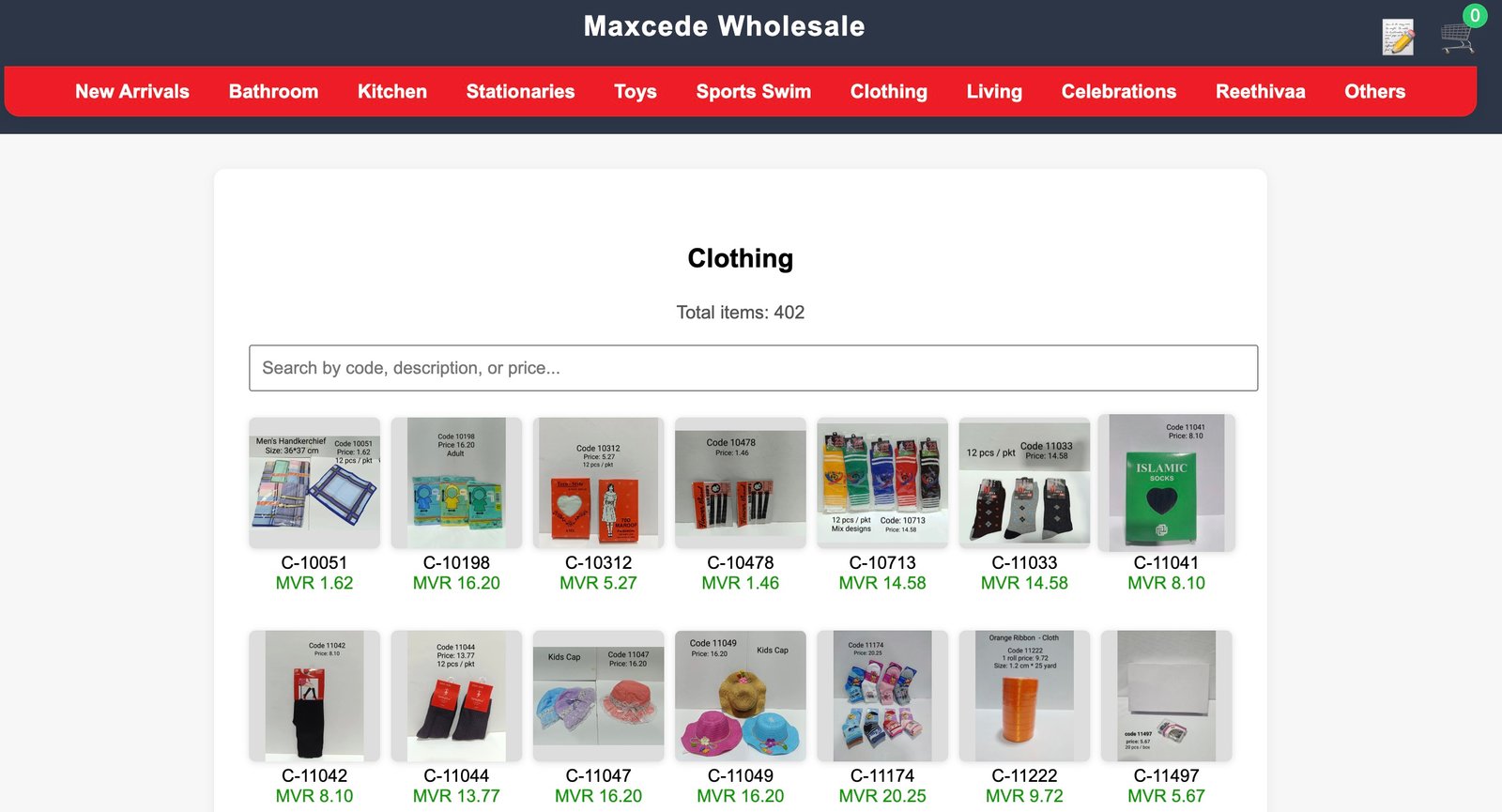
Once an order is placed, an edit icon appears at the top of the page next to the cart, allowing customers to easily modify their order within a 24-hour window.
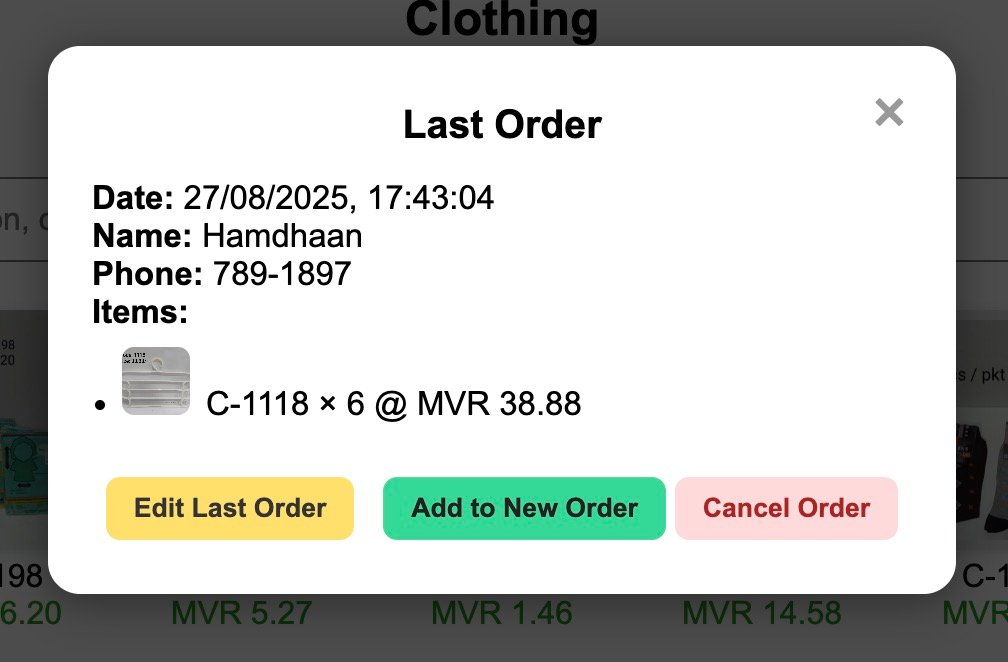
Edit order popup: Customers can review and update their previous order within 24 hours for added flexibility.
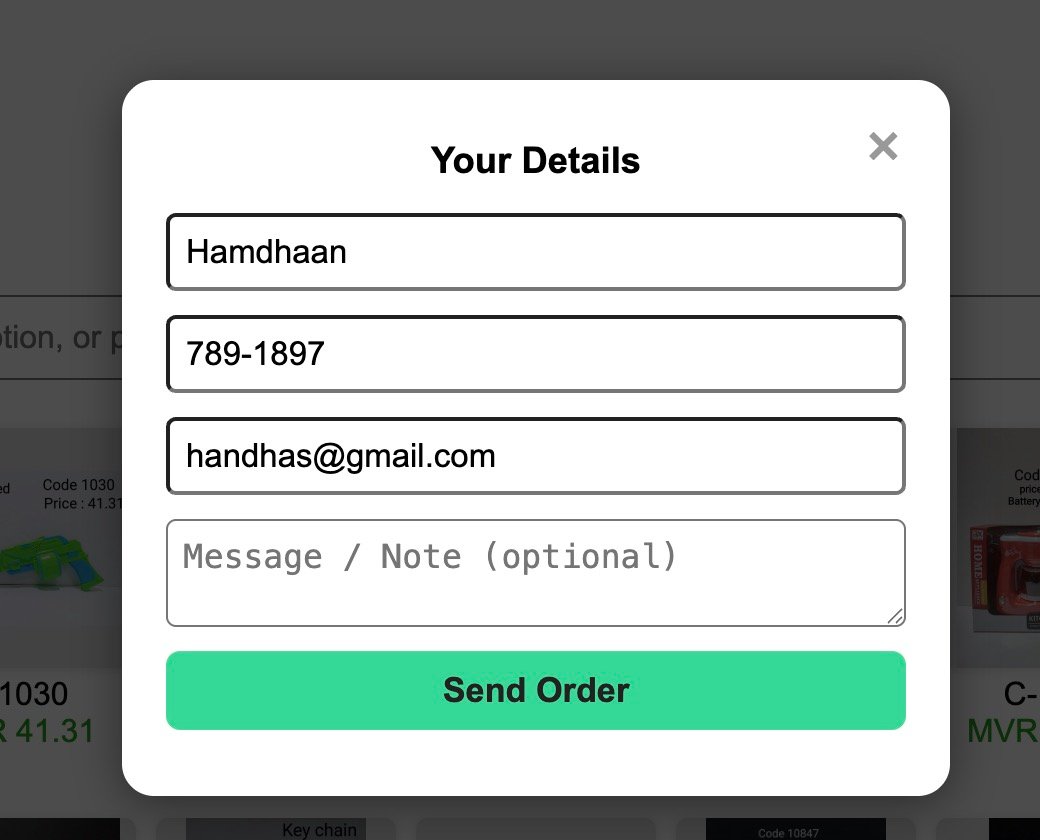
Returning customer experience: When placing new orders, customer details are automatically filled in, saving time and reducing errors.
Final Thoughts
Frankly, I didn’t take on this automation challenge thinking I could—or couldn’t—do it. It was a need, and it had to be tried.
I’m genuinely surprised by how comfortable I now feel using Python and AI, and I’m eager to explore more tools that can help automate processes and solve real-world pain points.
What excites me most is realizing that the ceiling for improvement is even higher than I thought—there’s so much more to learn and achieve.
With a business and finance background, I’m always looking for practical ways to combine technology and business insight to drive meaningful change.
Built with Python, BLIP (AI image captioning), Tesseract (OCR), PHP, and plenty of curiosity.
Feedback is always welcome!
